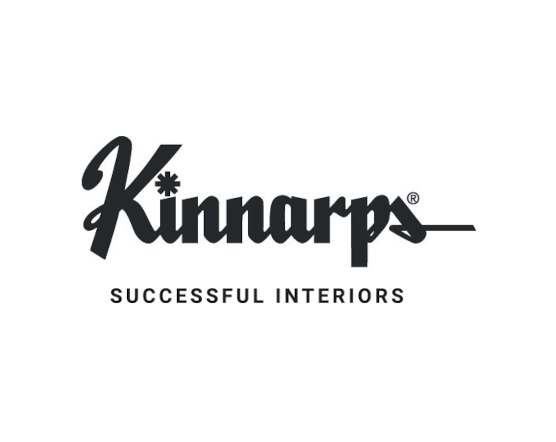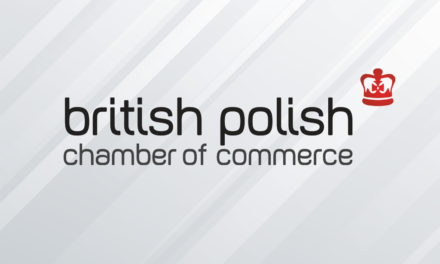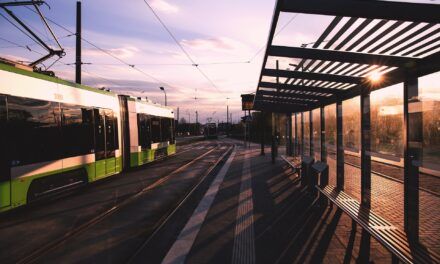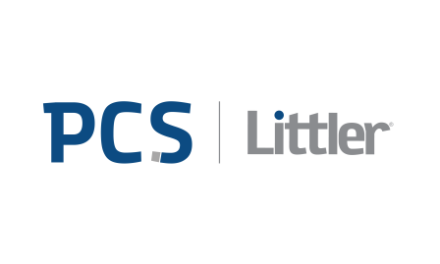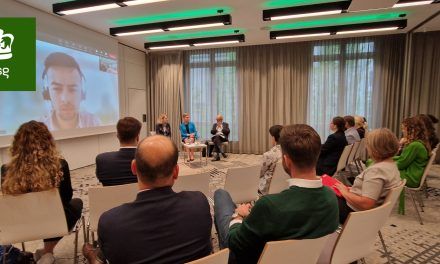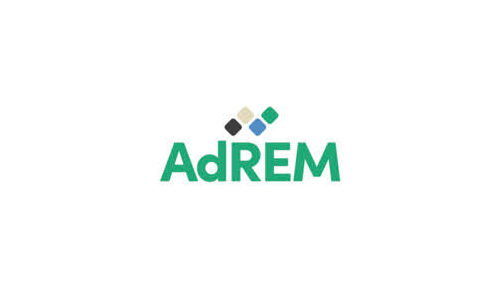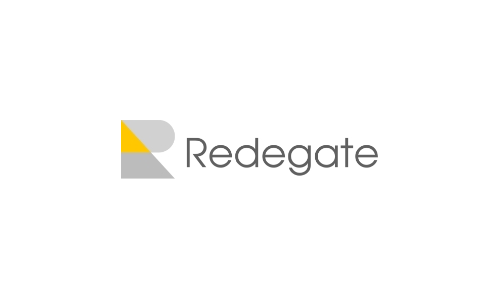Five key principles that shape a successful and sustainable work environment, by Kinnarps.

Changed work patterns and new ways of working in a hybrid world place new demands on the workplace. The office needs to be a value-creating, attractive and sustainable place where people feel good, thrive and have the possibility to perform at their best. Is your office ready?
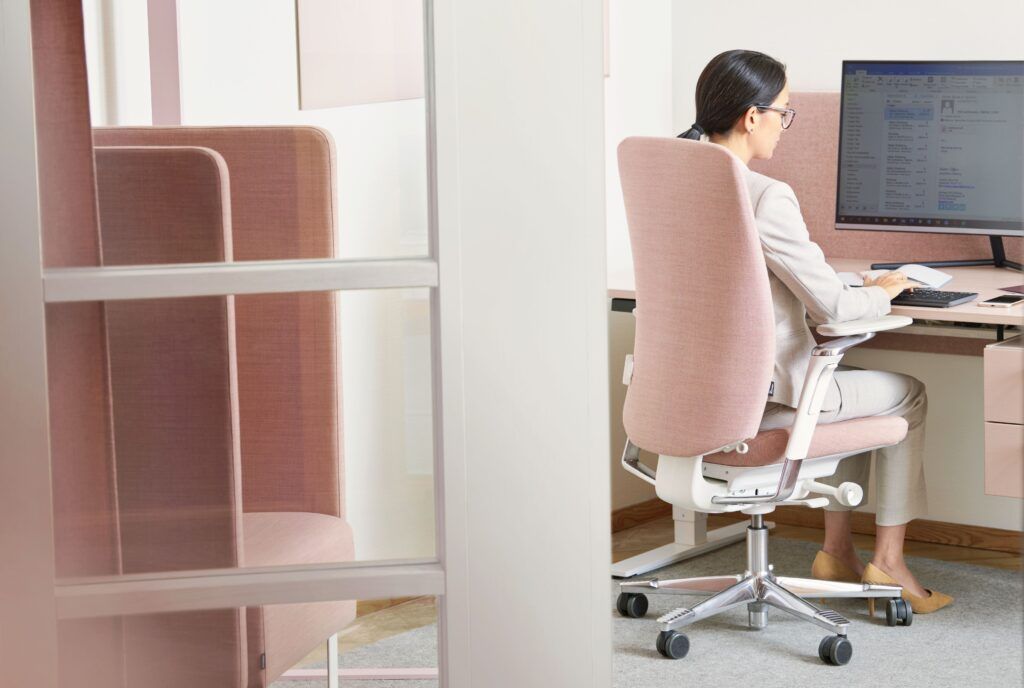
More than ever, the importance and design of office space is being discussed. Striving for innovation, creativity, problem-solving and efficiency while promoting the health, well-being and satisfaction of employees is key for many organisations. Everything from working methods, office layout and workflow, to technology and work life balance is under scrutiny. It is becoming increasingly important not only to retain, but also to attract new talents. Here, the office plays an important role as a carrier of culture, a hub and a place where the organisation’s image and values are reflected.
A well-planned office promotes health and well-being, which in turn leads to better performance. Good health is not only an asset for the individual, but an important resource for organisations and society at large, and a prerequisite for employee creativity and productivity. In the new white paper, Kinnarps looks at five key principles that shape a successful and sustainable office environment.
So what is the key to succeeding with your office? The answer is that each organisation must use its vision, specific needs and ways of working as its starting point. An ideal office should support actual activities – whether it’s individual focus work, creative physical collaborations, hybrid project meetings or digital conversations.
The prediction is that offices of the future will be more a place to meet. It is highly likely that many organisations will need new types of meeting spaces, both for digital, hybrid and physical meetings, but it should also be kept in mind that a large part of many people’s working day consists of individual work that requires a high level of concentration.
The design of our offices was already changing before the pandemic, from traditional, personal desks to more flexible ways of working. With new technology, we have greater flexibility in how and where we work, which is why clear ways of working and well-functioning workflows are very important. Spaces for concentration-intensive work, for example, need to be separated from areas where there is a lot of movement and interaction between people. By working with zones that have different degrees of focus in the office, you promote both social interaction and the opportunity to solve tasks that require concentration.

The offices of the future therefore need to be designed to support both individual work and collaboration. But the extent to which the office space should be divided between these two depends on the specific organisation’s needs. In other words, there are no shortcuts to successful and healthy working environments. However, there are five key principles to follow in order to succeed with your office.
- Map out and analyse your needs
Time and thought in the beginning of your project lays the foundation for a successful office change. A workplace analysis is a useful tool for identifying your needs. It supports you in your change journey, provides an analysis of the current situation and helps you gather valuable knowledge and data before designing your office. The data also makes it easy for you to follow up on your office environments going forward. The results of the analysis show how you should optimise your office space for it to be attractive and value creating.
- Design health-promoting environments with holistic ergonomics
People are the most important asset in any organisation. When entering the office, what makes employees feel welcome, safe, inspired and motivated to start their working day? A variety of factors affect how you feel and perform – so it’s important to consider the ergonomic whole. Holistic ergonomics is about the total experience of an environment, physical, organisational and social.
- Future-proof your office with flexible interior design solutions
A work environment made to last over time must be able to adapt and develop with changing needs. It must support your needs at all times to remain an up-to-date, attractive and useful workplace. These changes may be minor ones made on a daily basis or major transformations occurring less frequently. The interior needs to be equipped with flexible and multifunctional furniture, that can be used or updated in different ways to support various activities.
- Make sustainable choices
Having a sustainable mindset and making sustainable choices are givens for most people today, but what does it actually mean when you are choosing your interior design? It’s about how the interior will physically last, but also how it, in the long run, will support the people who work in it and give them the right conditions to perform their work tasks. An attractive and well-thought-out office that has all the functions that you actually need reduces sick leave and promotes well-being, creativity and efficiency. This in itself makes for a sustainable investment for both the organisation and the planet.
- Connect the physical and digital office
The workplace design of the future must support physical, hybrid and digital collaboration – regardless of the task or degree of focus. It is important that the workplace connects the physical and digital office in the best way possible to maintain efficiency and productivity. How different spaces in the office should be designed depends entirely on the specific organisation’s needs and access to technology.
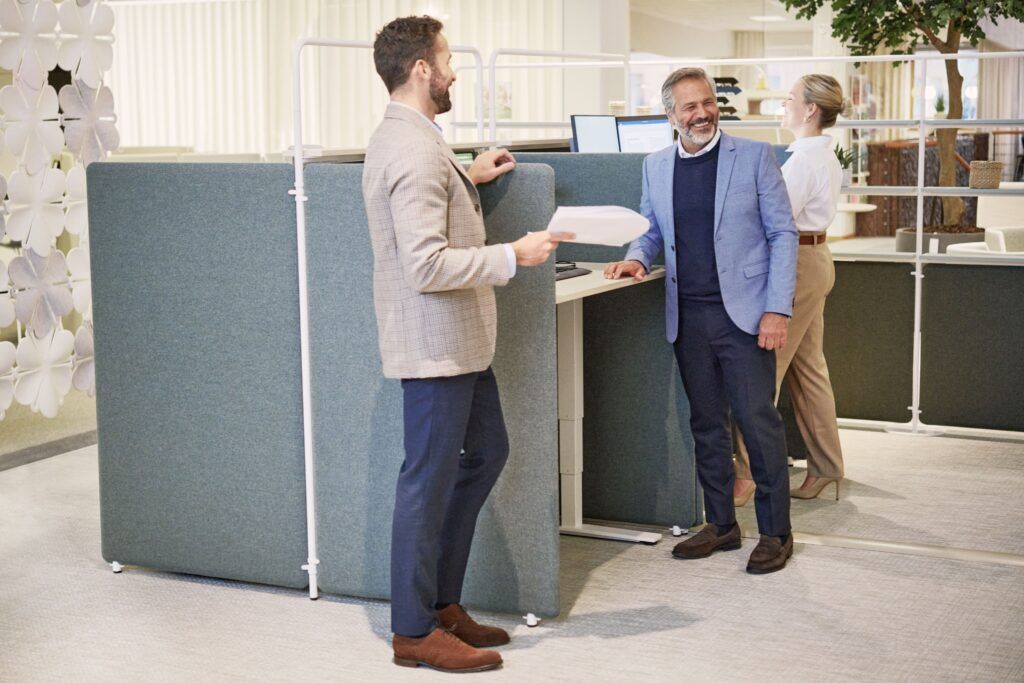
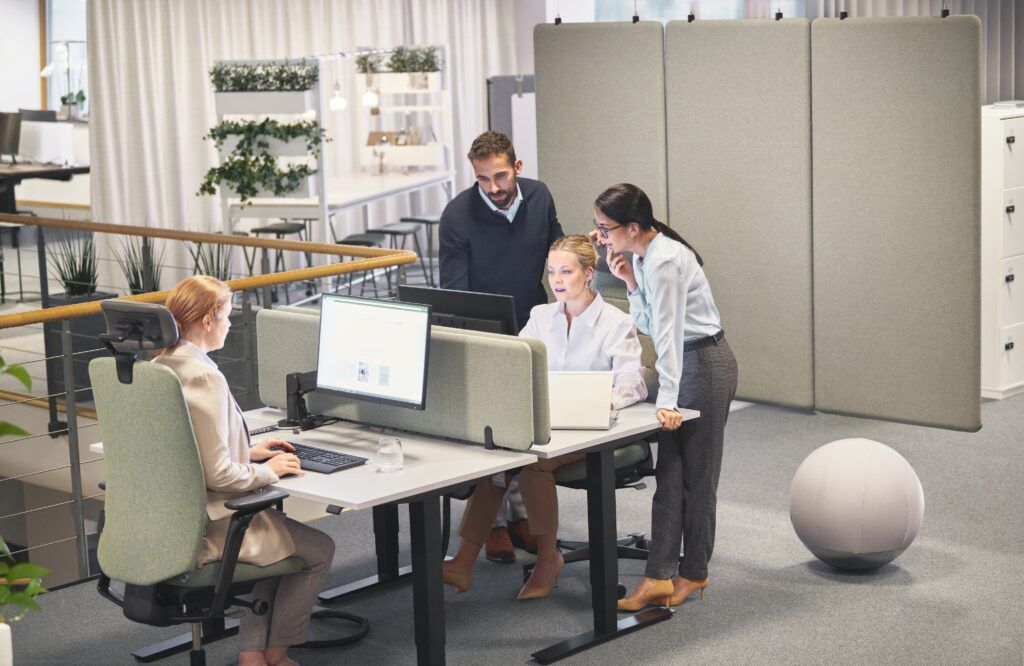
A change to the office might seem substantial and difficult, but with the five key principles, you lay the foundation for succeeding with your office. Download the new Kinnarps’ white paper to discover five key principles for succeeding with your office:
https://www.kinnarps.com/knowledge/succeeding-with-your-office-in-the-hybrid-world-of-work/
https://www.kinnarps.pl/wiedza/co-decyduje-o-sukcesie-biura-w-dobie-pracy-hybrydowej/
Author
-

Kinnarps is Europe’s leading supplier of total interior design solutions and workplace design for offices, schools and care facilities. The furniture is characterised by high quality, innovative design, low environmental impact and long lifecycles. The group's turnover for the financial year 2021/2022 was SEK 3.8 billion. Kinnarps has been family-owned since its establishment in 1942. It has production facilities in Sweden and operates in more than 40 countries.






